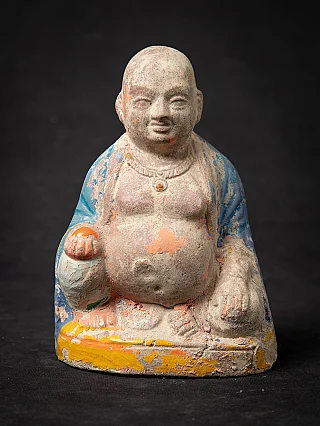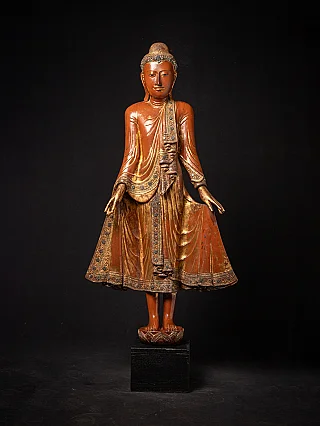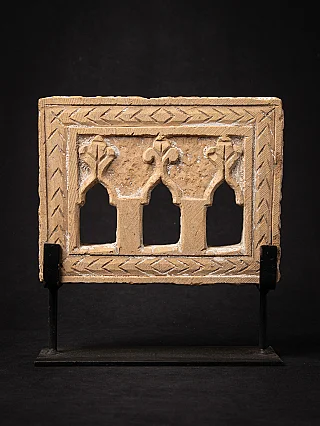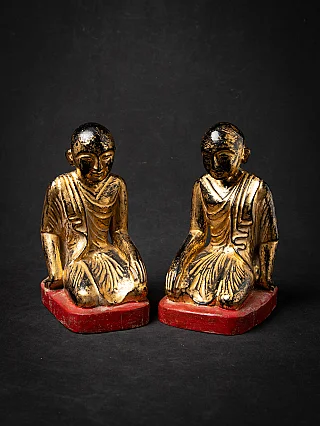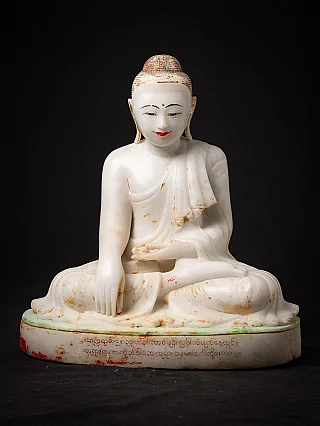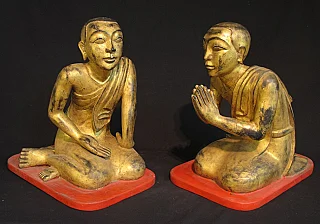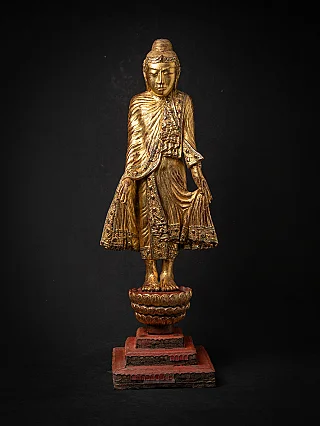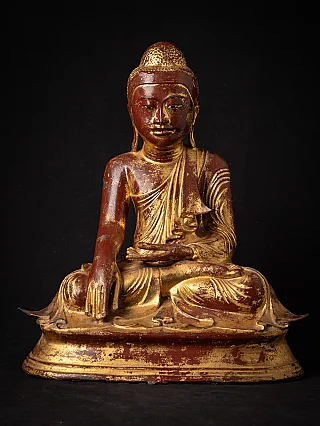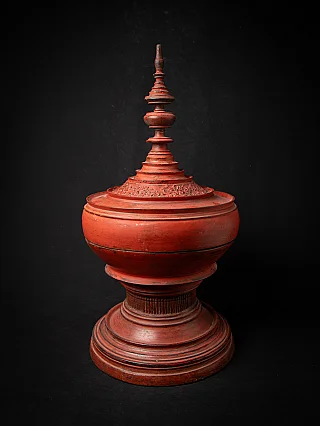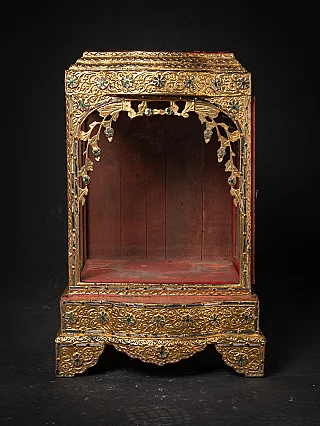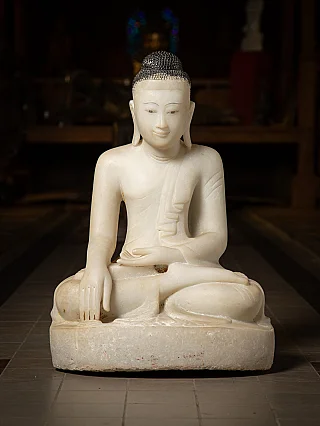Xuanzang

Xuanzang, a renowned Chinese Buddhist monk, scholar, traveler, and translator, is also well known for describing the interaction between Chinese Buddhism and Indian Buddhism during the early Tang dynasty. It is recorded that Xuanzang was born in 602 CE in Chenhe Village, Goushi Town, Luozhou, Present-day Luoyang, Henan and died on 5th February 664 CE. In Yuhua Palace, present-day Tongchuan, Shaanxi. From very young age, he had the interest in reading the religious books, including the Chinese classics and the writings of ancient sages.
Life History of Xuanzang
As mentioned in the traditional biographies, Xuanzang showed an extraordinary intelligence. He also amazed his father by showing careful observance of the Confucian rituals at the age of eight. Along with his brother and sister, he received an early education from his father. He instructed all of them in classical works on filial piety and several other canonical treatises of orthodox Confucianism.
At the very young age, Xuanzang expressed of becoming a Buddhist monk and hence after the death of his father he lived with his older brother for five years at Jingtu Monastery in Luoyang. There he got the opportunity to learn about Mahayana traditions as well as various early Buddhist schools, preferring the former. As the Sui Dynasty collapsed, he and his brother then went to Chang'an capital of Tang dynasty and then afterward Chengdu, Sichuan. Both of them spent two or three years in studying Abhidharma - Kosa Sastra. It is recorded that Xuanzang requested to become in Buddhist orders at the age of thirteen and because of the precocious knowledge, Zheng shanguo agreed and made an exception in this special case.
Therefore, at the age of twenty in 622 CE, Xuanzang was fully ordained as a monk. Later he left his brother and then returned to Changan to study the foreign language and also Buddhism. He also mastered in Sanskrit and also studied Tocharian. In this time period, Xuanzang became interested in the metaphysical Yogacara school of Buddhism.
Pilgrimage of Xuanzang
It has been known that Xuanzang had been set off to almost all the Buddhist pilgrimage sites in India, Nepal, Afganistan. All these pilgrimages happened due to the dream that convinced him to set off to India in 627. It has been recorded that he had interactions with Buddhist who follows non-Mahayana traditions as well. He visited most of the sacred Buddhist places, eg - Buddhas of Bamyan, Lumbini, Kushinagar etc. and paid a homage to the Buddha statues, relics of Buddhas as well. He also visited Gandhara and observed their art and culture of Gandhara.
It is recorded that the iconography of Buddha statues was transferred through this city to almost every part of Asia and then eventually all the regions localized the arts and iconography of statues as well. Hence we can observe that statues of Thai Buddhas are very much different than Burmese Buddhas and also Nepali and Tibetan Buddhas.
Return to China
Xuanzang returned to China in 645 CE along with over six hundred Mahayana and Hinayana texts, seven Buddha statues and more than a hundred sarira relics. He was honored and was offered high civil appointments by Emperor Taizong of Tang. But Xuanzang refused and retired to a monastery and then devoted his energy in translating Buddhist texts until his death in 664 CE.
Legacy of Xuanzang
Xuanzang's work, the Great Tang Records on the Western Regions, is the longest and most detailed account of the countries of Central and South Asia. Even though his main purpose to learn Buddhism and to collect the Buddhist books but he had done much more. He also preserved the records of political and social aspects of the places that he had visited. These records have helped in learning the archaeological history and also shed the lights on the history.
Relics
It is believed that a skull relic of Xuanzang has been placed in the Temple of Great Compassion till 1956 and then after it was taken to Nalanda, India. The relics were placed in Patna Museum for a very long time but recently in 2007, it was moved to a newly built memorial hall in Nalanda. But the Wenshu Monastery in Chengdu, Sichuan province also claims to have a part of Xuanzang's skull. It is also believed that a part of Xuanzang's remains was taken by soldiers of the Imperial Japanese Army in mid 20th century which is now enshrined at Yakushi-Ji in Nara, Japan.
Share this page




















